- info@naturebylennart.com
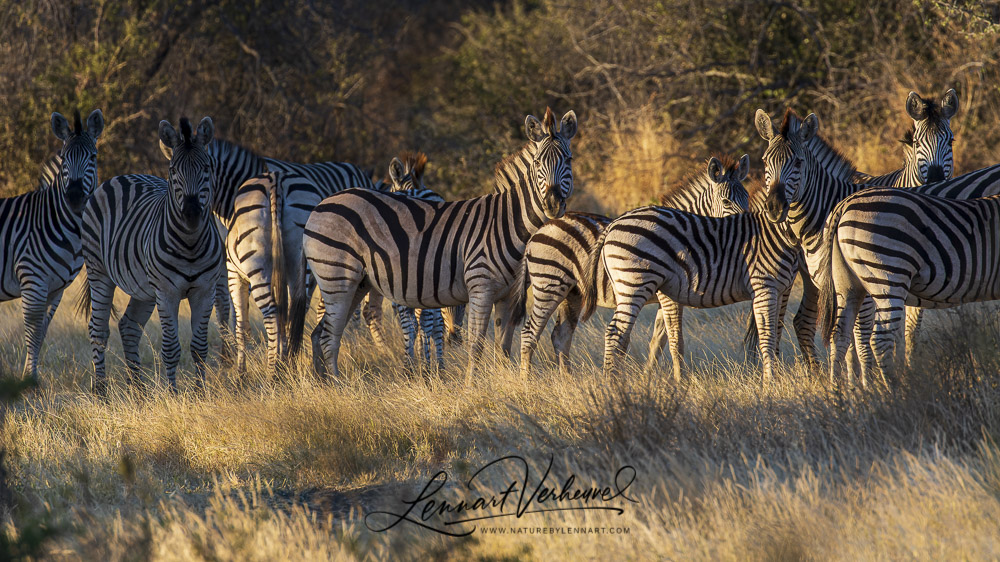
Africa has many kinds of ungulates, ranging from the prehistoric seeming rhino’s to the tiny steenbok. That’s why I wanted to give them some special attention in a separate blog and give you an idea of the kinds of ungulates you could encounter in Africa, by showing some of the ones I encountered during my trip through South-Africa, Botswana and Namibia.
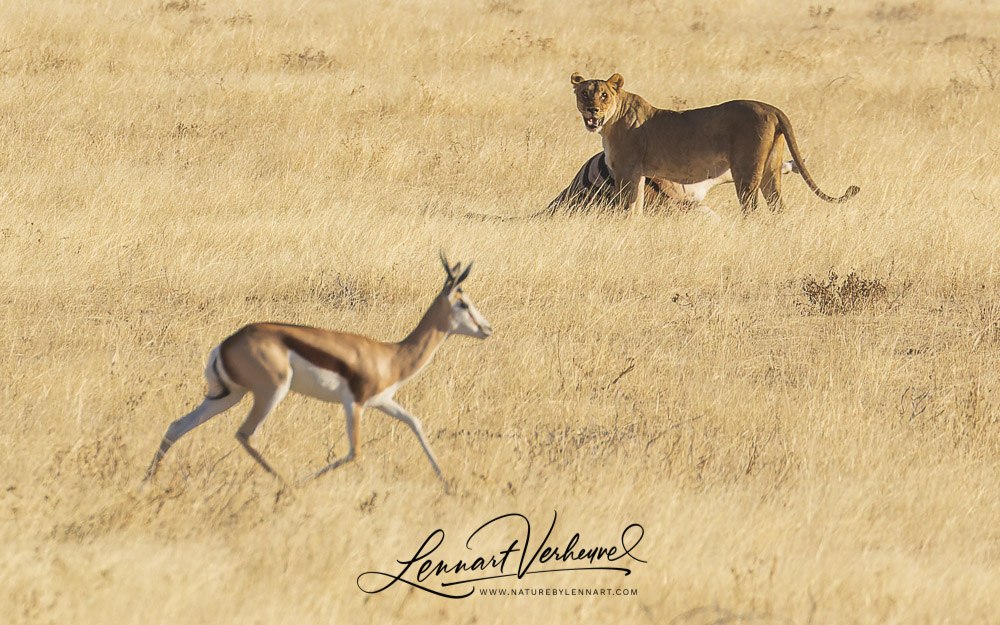
We’ve been traveling for about half a week now with a group of seventeen. We’re traveling in three cars. Today is the day on which we will finally visit Etosha National Park. The day before we left Maun in Botswana and we’ve driven all the way to Etosha in Nambia. That was quite a distance! We left Maun 6 in the morning and about 2.30 in the night we arrived before the gates of Etosha. We quickly put up our tents and already at 5.30 we are waiting for the gates to open. But it would finally begin: a visit to the famous Etosha!
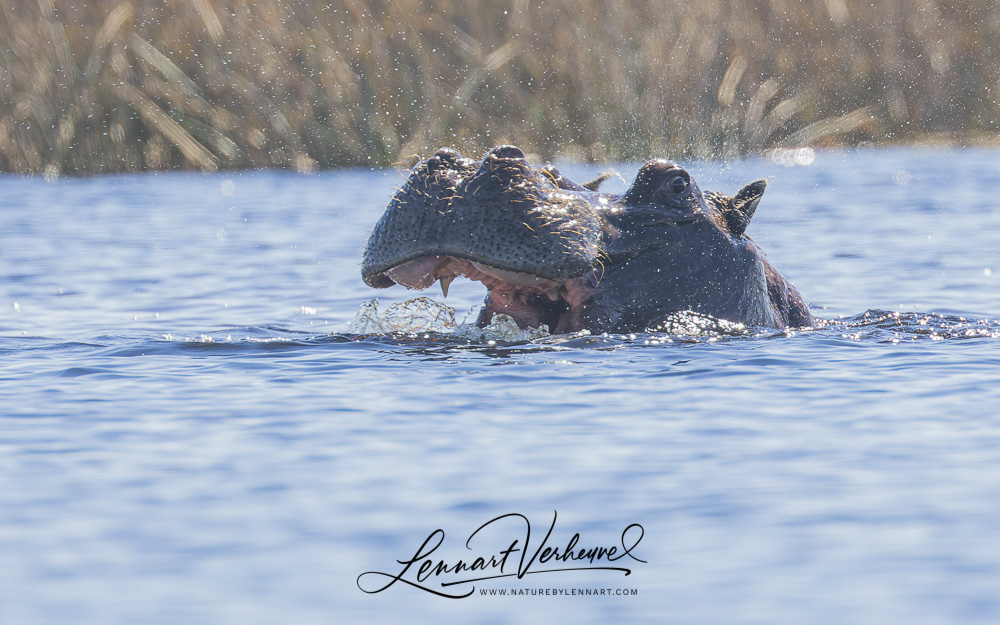
The Okavango Delta is the largest delta in the world that is not connected to a sea and I was able to visit a small part of it. The most obvious way of transport in such an area with a lot of water is of course a boat, but large areas of the Okavango are very shallow: about half a meter. That’s why local inhabitants have used hollowed out tree trunks, mokoro’s, for ages to be able to move around quickly in this swamp. Nowadays it’s mainly a tourist business and the mokoro’s are now made of plastic. It all works still the same though! Two people sit together in a mokoro and on the stern stands a guy that keeps the whole thing going. Our plan was to spend the night with our group in the Okavango. We would go there in a mokoro and the next morning we would do a bushwalk. So at the end of the afternoon we sailed into the Okavango, which that was already a very nice experience on its own.
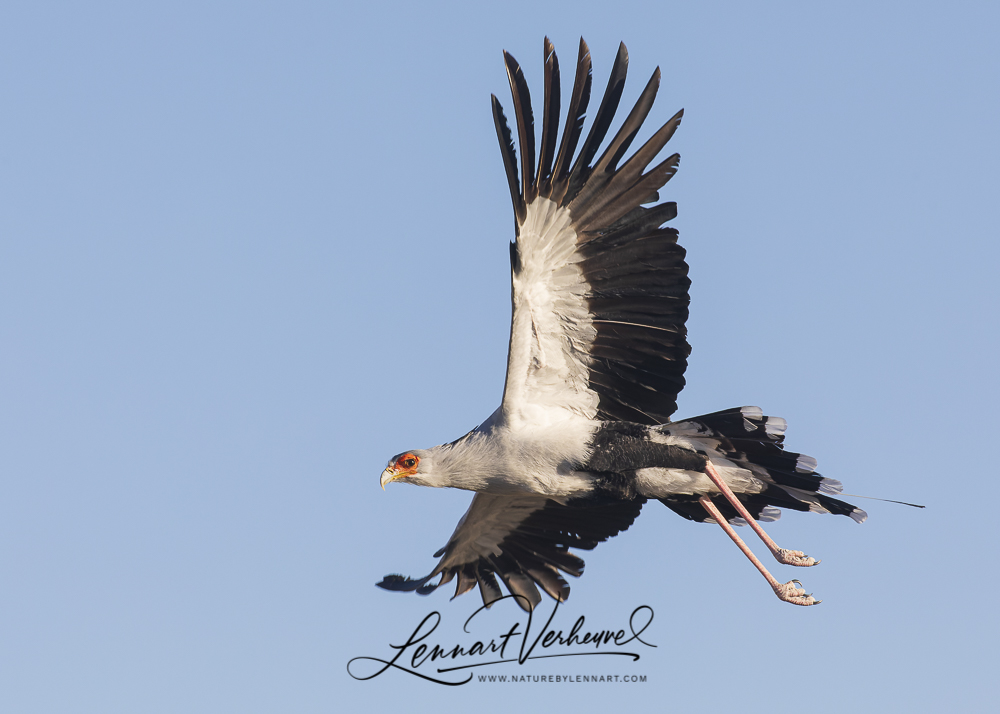
Talking about the African savannah, most people will probably be thinking about lions and elephants. Those species do indeed live there and they are certainly nice to look at! Still, I can recommend everyone to also pay some attention to the birds hopping and flying around the big pile of mammals. Of course there is the Ostrich, the largest bird in the world although it can’t fly. That’s a bird most people will still recognize and probably also want to see when they go on safari. And, to be fair, they are certainly worth a look or two.
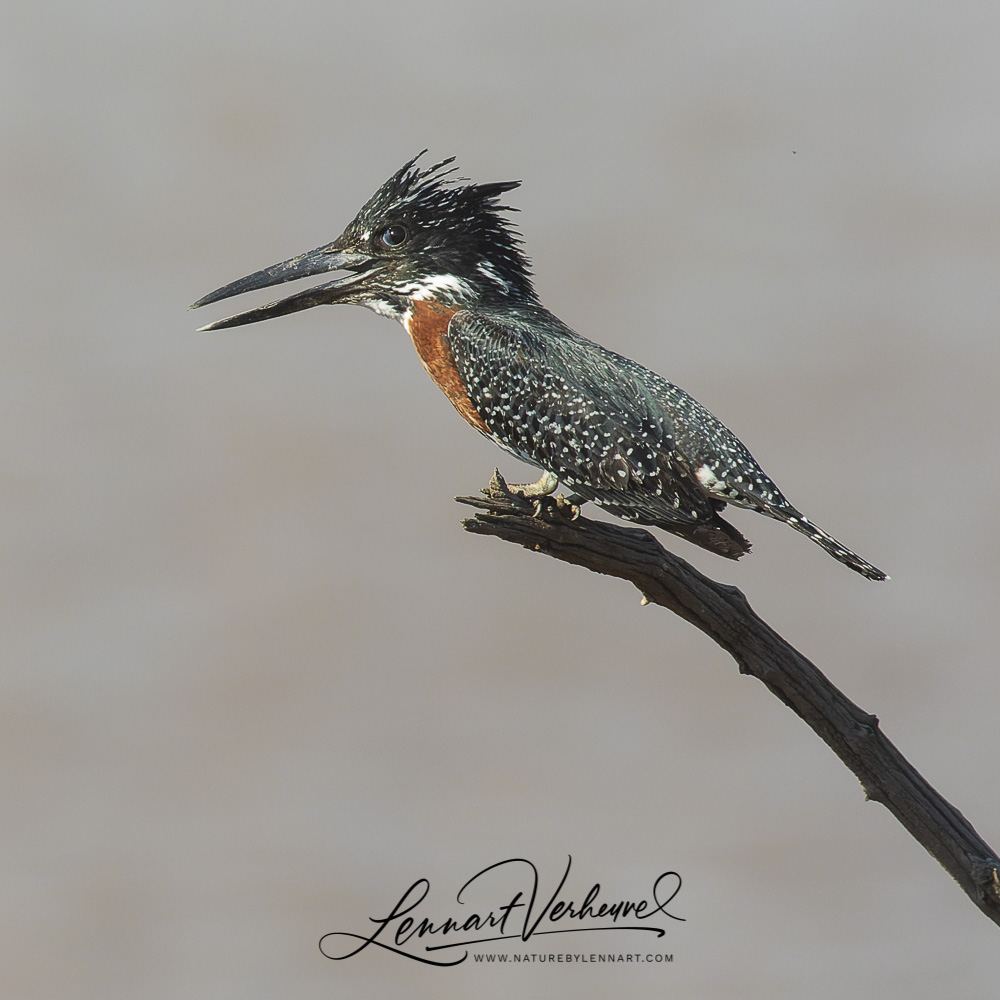
The Okavango Delta is the largest delta in the world that is not connected to a sea. A number of bird species feel right at home in that kind of area. During my trip through Africa I’ve also sailed through the Okavango and spent the night there. You can read more about that over here. Of course along the way I didn’t just have a look at the (very) nice scenery but also at the birds that can be found over there. It’s possible to encounter a lot of different birds here that either like to stay very close to the water or not that close to the water, but not too far away either. I would like to share the pictures of the more conspicuous of those. There are some interesting birds among them!
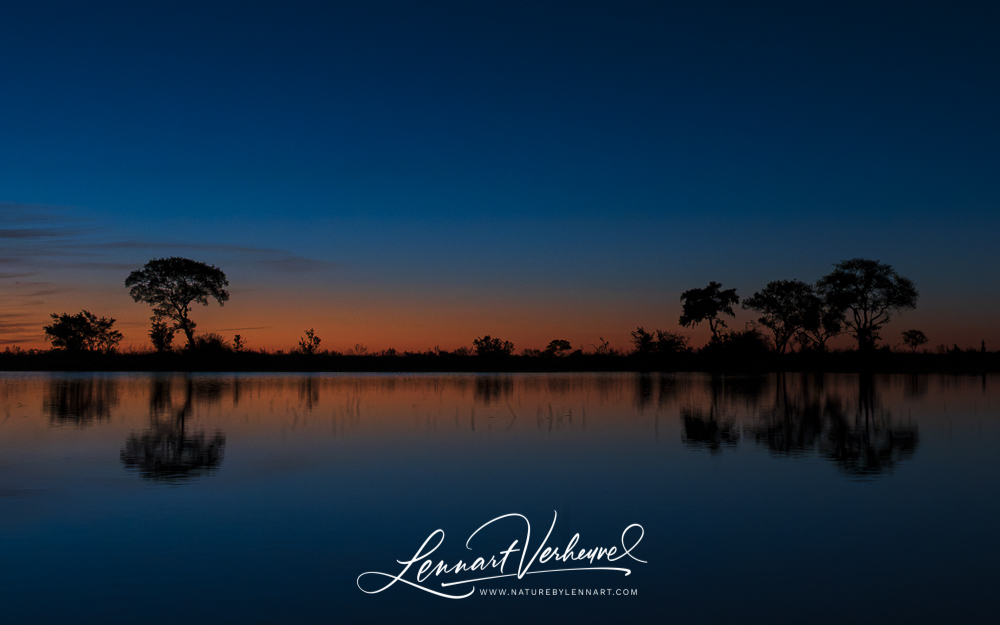
After a week of driving through South-Africa and Botswana we’ve arrived at Okavango. There we can arrange to spend the night in the Okavango Delta. The plan is to go with a motorboat to a local village where we will step into small canoe-like boats, called mokoro’s. From there we will go further into Okavango. It’s already quite late when we finally arrive at the village with the mokoro’s. A traffic accident has caused some delay.
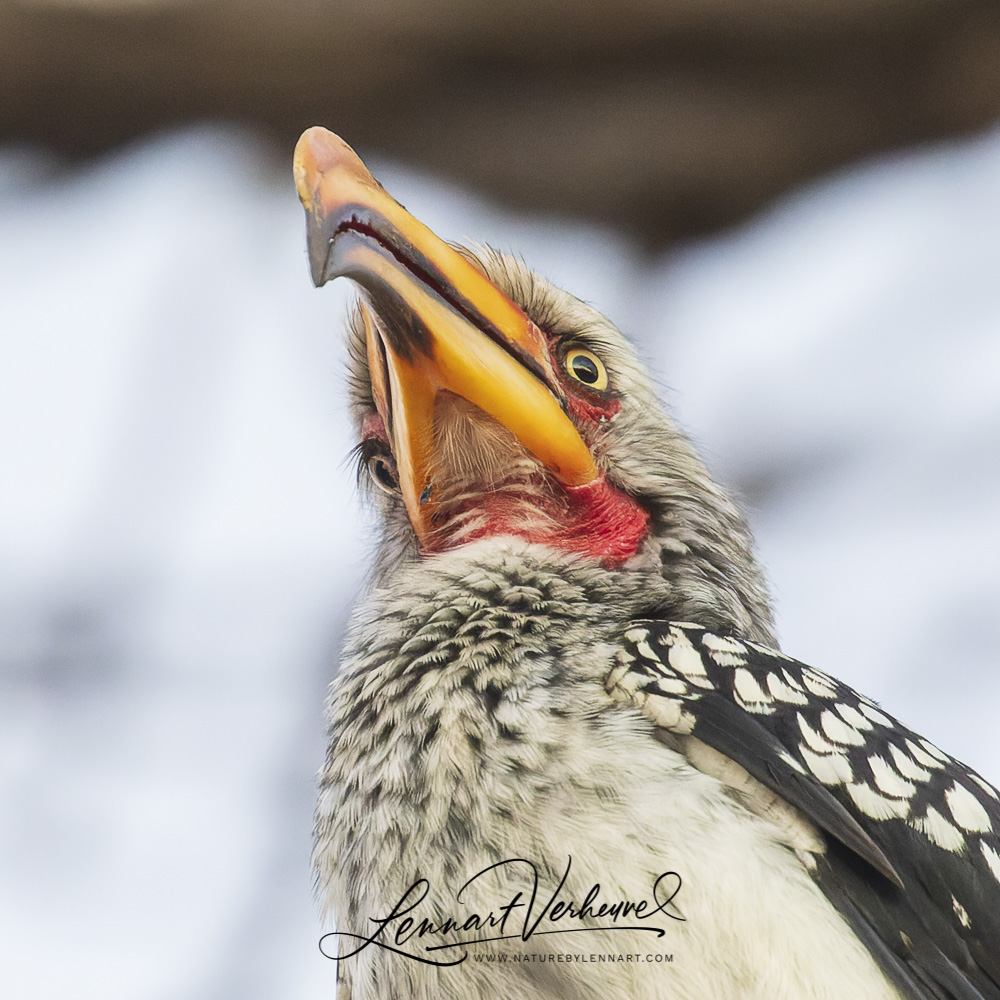
When you’re in Africa as a birder there is much to be seen. Although birds in the Netherlands certainly are nice to look upon and each bird is beautiful in it’s own way (except Egyptian Gooses they will always remain hideous), but Africa is a different playing field! Yes, sadly Egyptian Gooses are still an evil that can also not be avoided here, although at least they are actually wild here, but to compensate for the inconvenience there is a whole lot of other colourful birds. A family that I’ve grown especially fond of are the Hornbills. All colourful birds with huge beaks, what else do you want! That’s why I wanted to give this group of birds in a separate blog some extra attention.
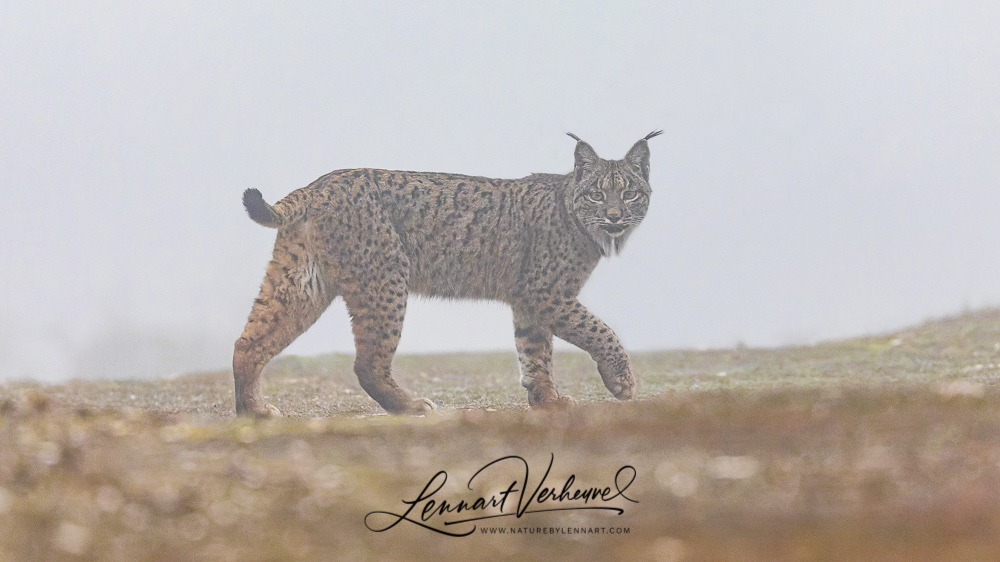
After I had decided for myself that I wanted to focus my trips on seeing all the wild cats of the world I had all kinds of big plans, but hadn’t actually seen any. It was time to change that! The Iberian lynx is the rarest cat species in the world and is threatened by extinction. Luckily things are looking better now for the species. Still the number of individuals is around 500, so they are not yet out of the danger zone. Despite the low numbers this cat is much more easy to see than the Eurasian lynx. Just go to the Sierrra de Andujar in Spain and with a bit of luck you will see it. So that’s also my plan, but instead of driving up and down the road over there and scanning the area in the hope of bumping into one, I want to have it really close. That’s why I’ve booked a photo hide for three days in the area, hoping for a close view. After my flight from Amsterdam to Malaga, I picked up my rental car and drove to Andujar. There I spent the night in my car. The next morning I’m taken with a 4×4 to one of the hides. Then the waiting starts…
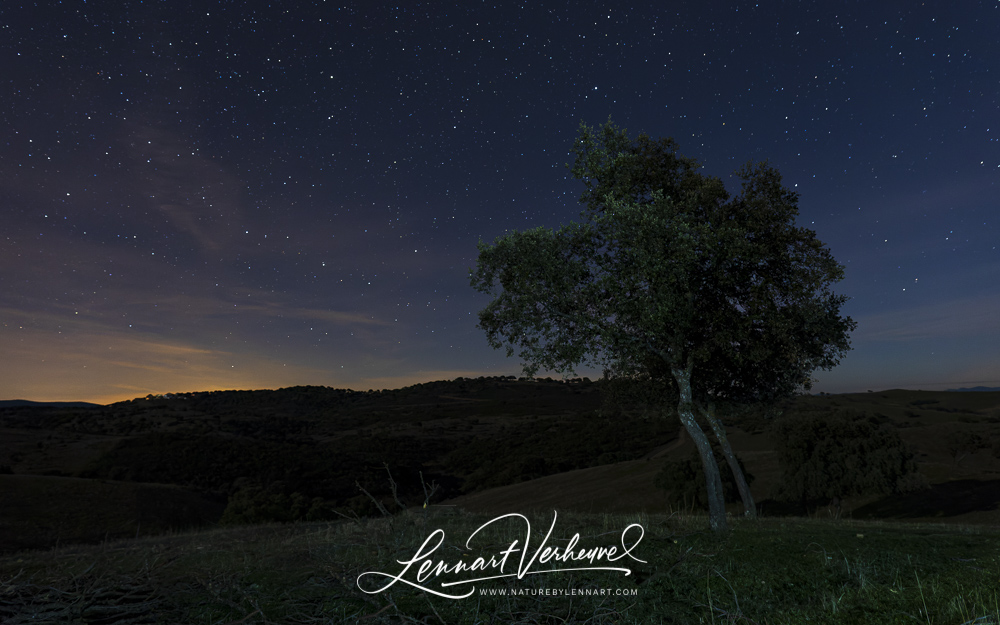
Today was my first day of what would be three days staying in a photo hide with the purpose of photographing an Iberian Lynx. The hides are located in Andujar in Spain. For the night I had the opportunity to sleep at the campsite not far from the hides. I initially thought this would be a regularly used camping, but apparently it’s not very common to go for the camping option during winter. I get permission to sleep in the kitchen of the building next to the camp site.
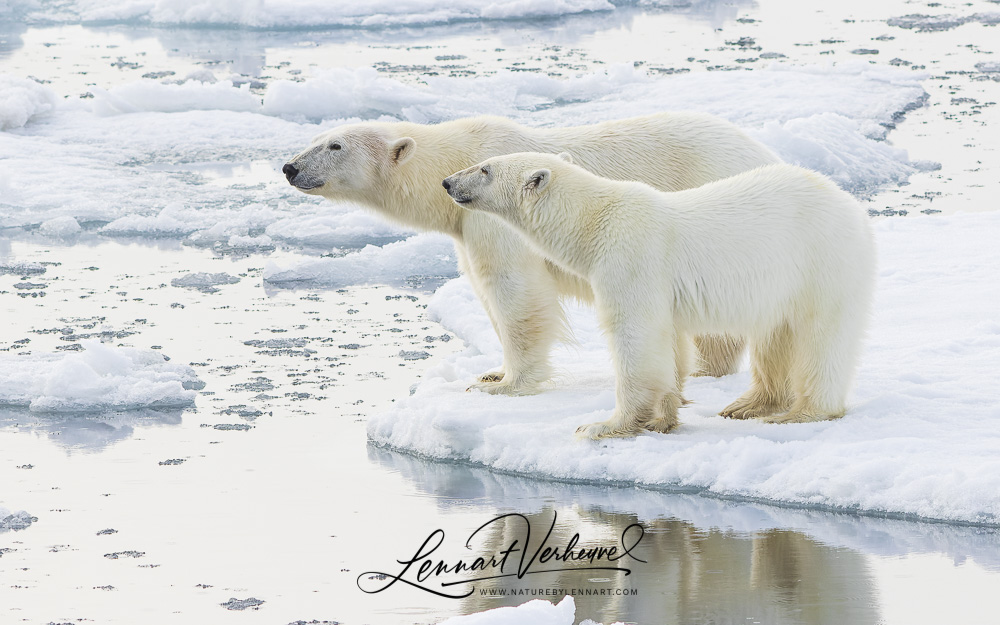
We’ve been on the ship the Plancius for four days now. After we took off from Longyearbyen, we sailed north in the direction of the pack ice. On the first day I saw already a species that was a huge target for me, the largest animal on the planet: blue whale! The birds are also coming along nicely, photographing flyby puffins is a challenge but it gets easier. With a successful start in Longyearbyen I have already seen most of the birds I’ve been wanting to see. Today is the day that we should arrive at the pack ice and that means a big chance on the main target of the trip: Polar Bear!
Copyright of articles and pictures on naturebylennart.com remains with Lennart Verheuvel and without permission they can not be used in any way
